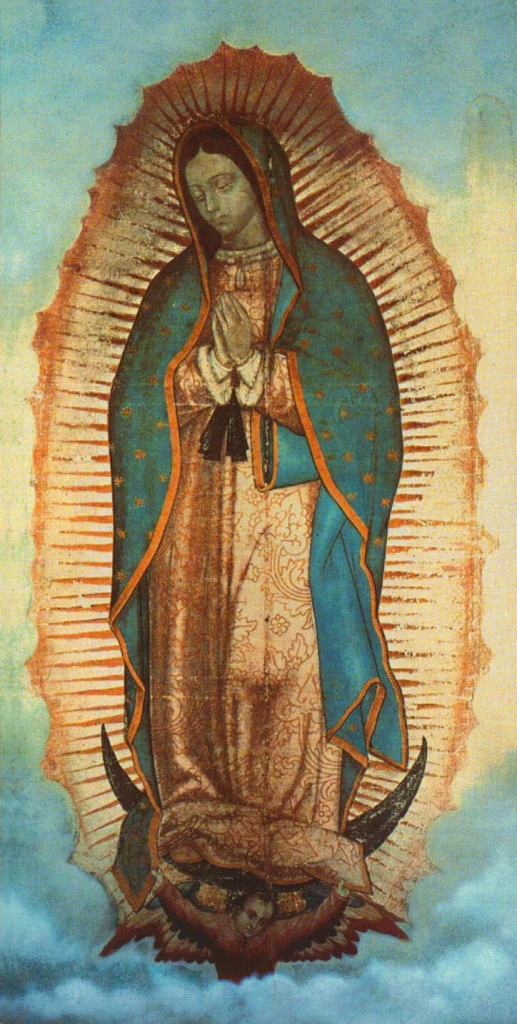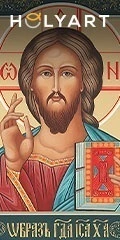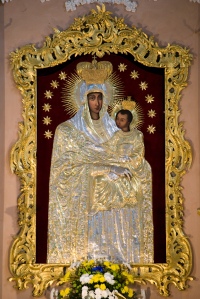As the Protestant Reformation swept Europe, it seemed nowhere was safe, even the little town of Šiluva in the country of Lithuania. Fifteen years after Martin Luther posted his 95 Theses, the local governor of Šiluva left Catholicism and became a Calvinist zealot, as did many intellectuals in the area who in-turn forced others to become Calvinists too.
The suppression of the Catholic faith as well as the lands owned by the Catholic Church was first authorized by Lutherans. The Protestant Reformation storm was so large that nobody could escape its onslaught. John Zavisa, the successor of the governor, and a Lutheran, tried to overrun the Catholic Church completely, but could not, even though the church’s land was taken. Lutherans ruled this land from 1532 to 1550. In 1551, the brother of Zavisa, Melchior Zavisa, took over the land and the church in Šiluva and brought with him the Calvinism.
Over the span of eighty years, the Catholic faith died out because there were no Catholic leaders to spread the faith. The elders of the small village were the only ones that could remember a Catholic church existing in the town. During this time, Calvinism ruled the land and children were educated with the creed of Calvin. However, all would change very soon.
In the summer of 1608, a few children were tending their sheep in a field some distance away from Šiluva. They were playing near a rock, very close to a wooded field. Suddenly, each child, one by one, became fixated on something near the rock. Within the silence, loud sobbing could be heard. The children then saw a young beautiful woman standing upon the rock. She was holding a small baby and weeping inconsolably. It seemed she was crying because her heart was broken. Her tears were so profound that they could be seen by the children splashing upon the rock. All the time, the lady did not say a word, but kept on weeping. She was dressed in blue and white robes and it seemed that a light consumed her and the child. After they finished tending their sheep, the children returned home telling their parents what they witnessed.
As you would imagine, the news of this spread very quickly. The next day many people gathered at the site where the children claimed to have seen their vision. Each child was questioned, and each child remember exactly what the others witnessed, even down to the smallest detail. One specific Calvinist catechist scoffed at the idea and even chastised the people for listening to the children. He said, if anyone did appear, that it was the devil trying to lead people away from the Calvinist faith.
As the catechist was talking, the lady appeared again as she did the day previously – standing on the rock, with the child in her arms, and weeping bitterly. Nearly everyone this time witnessed the image and all were frightened. The catechist courageously asked the woman why she was crying, in a very melancholic tone, she said, “Formerly in this place, my Son was honored and adored, but now all that the people do is seed and cultivate and land.” She then vanished from their sight.
The image of the lady was seen by many people. The Calvinist leaders could not deny it. The people were confused and the leaders said it was the devil playing tricks on them all.
The story of the lady appearing quickly spread to the surrounding the towns. In one case, and the most important, the story reached an old blind man who was 100 years old. He remembered that 80 years before he assisted a priest who buried many beautiful Catholic items in an ironclad chest beside an old rock. The villagers of Šiluva led the old man to the field. When arriving at the field, he miraculously regained his sight. After giving praise and thanksgiving, he pointed to the exact spot. Immediately, the chest was dug up from the ground. When it was opened, they found in perfect condition – a large painting of the Madonna and Child, gold chalices, liturgical vestments, parish deeds, and other church documents.
Once the Basilica of the Birth of the Blessed Virgin Mary was built and completed, the painting was permanently enshrined. To this day, it is venerated by the faithful as the Miraculous Image of Šiluva. The apparition was proven to be an actual event because on August 17, 1775, Pope Pius VI, promulgated with a Papal Decree the authenticity of Our Lady of Šiluva. It is known as the first apparition of the Mother of God in Europe.
Over the years, many miracles have occurred on this site, but probably the greatest miracle is that the miracle happened in a village and region in Lithuania that was completely non-Catholic. The shrine has experienced much growth over the years and larger churches had to be built to accommodate the large crowds of pilgrims flocking to this little town.
The apparition site continued to grow rapidly, that’s until World War II, which brought devastation and ruin to Lithuania. However, even more troubling for this site was the Great Partition in 1795. The Great Partition was when Russian took over the lands of Lithuania. For many years, the Russians ruled over this land with a heavy hand.
During the years between 1918-1940, the Russians eased back their control, allowing for the apparition to grow in devotion throughout all of Europe. However, when Communist Russia took over control again after the war, devotions were allowed, but in a very subdued form. The apparition site of Our Lady of Šiluva became very popular after the 1993 Papal Visit by Pope St. John Paul II. Our Lady of Šiluva is known as “Lithuania’s Greatest Treasure.”
The feast day for Our Lady of Šiluva is usually celebrated on September 8, which is The Nativity of the Blessed Virgin Mary. The reason I wrote about it today is because the 13th day of each month is known as “Mary’s Day” in Lithuania, and today is the 13th of November.
Thank you to John and Kathy who brought this apparition to my attention during our Queen of Heaven Study.
Our Lady of Šiluva…Pray for Us
Source:
Lady of Siluva, Mary’s Pages , http://www.marypages.com/LadyofSiluva.htm.
Categories: Mariology










Beautiful! Thank you so much for posting this piece.